Not Intel, Not AMD: Alternative CPU Architectures from Around the World
It's easy to think of the desktop CPU space as a duopoly: on the one hand you have Intel finally transitioning away from Skylake refresh after Skylake refresh with this year's 12th-gen Alder Lake parts. And on the other, you have a resurgent AMD that's delivered massive improvements to IPC and core count over successive Ryzen generations.
In the consumer CPU space, it's a two-sided fight. However, that doesn't mean that there aren't any other desktop CPUs in existence. Take a closer look and you'll quickly realize that the CPU space is a lot more diverse.
From high-performance Arm designs to specialized Russian government chips, there's a plethora of non-Intel and non-AMD chips out there powering full-size desktop PCs. In some cases, like the Zhaoxin Kaixian line of chips, you can even get your hands on them through the right channels. So, who are making these CPUs? What do they look like? How fast are they? And can you game on them? Let's take a look and find out.
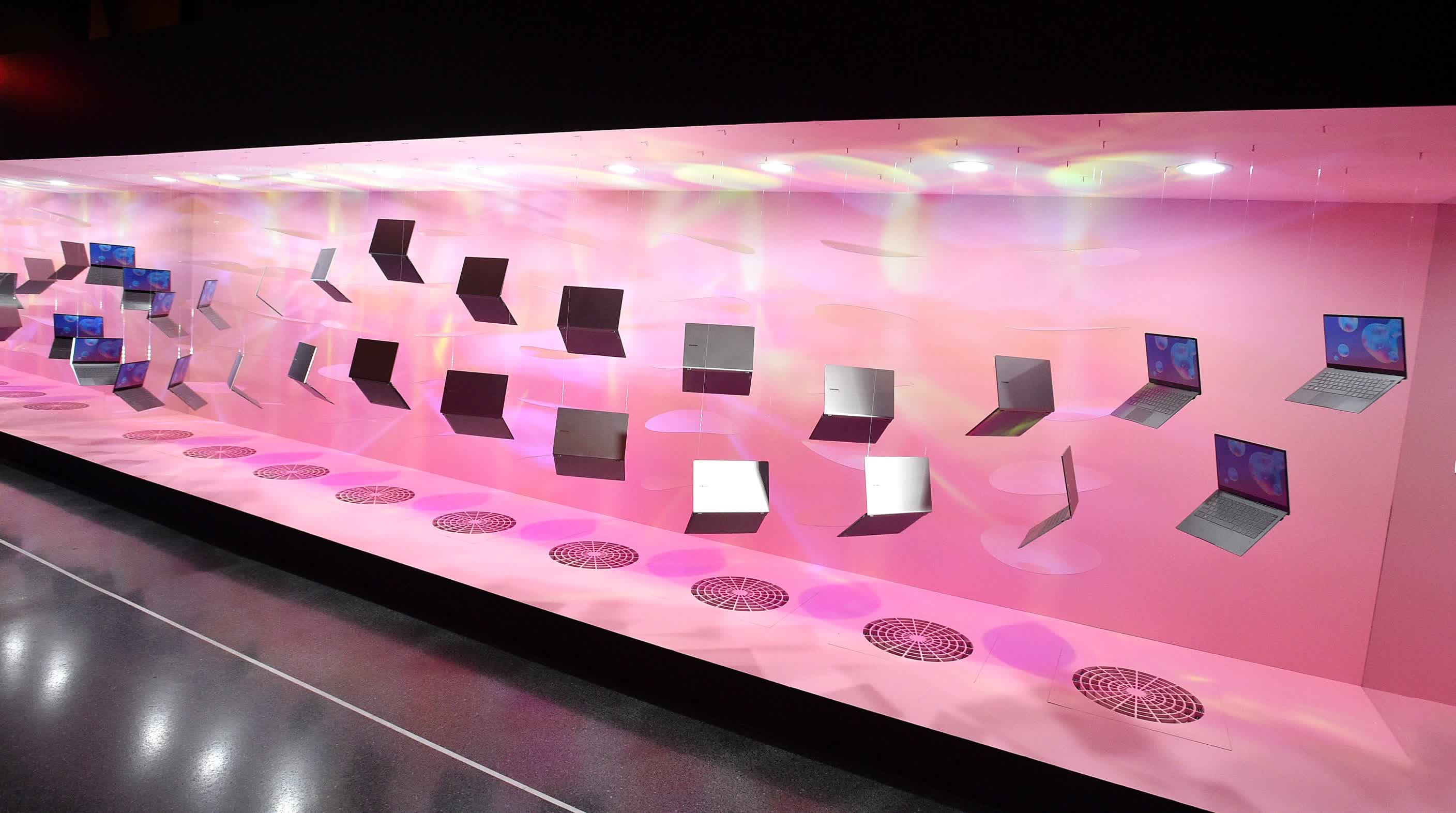
Arm on PC: From mobile to the future of desktops
The prime example of Arm coming to challenge the status quo on the desktop. Last year, Apple released new MacBooks that on the outside look identical to the previous Intel generation, but inside Apple quietly kickstarted a revolution in the PC space. The M1 Macs feature a 5nm Apple SoC, featuring highly customized Arm cores. From an architectural standpoint, the M1 has more in common with the iPhone's A14 Bionic chip than either AMD or Intel's mobility-oriented x86 parts.
The M1 requires a Rosetta translation layer to convert x86 code into something the M1 can execute. Despite the overhead on legacy applications, the M1 can actually outperform Intel Comet Lake in some x86 workloads. Then in native apps it can demolish the competition.
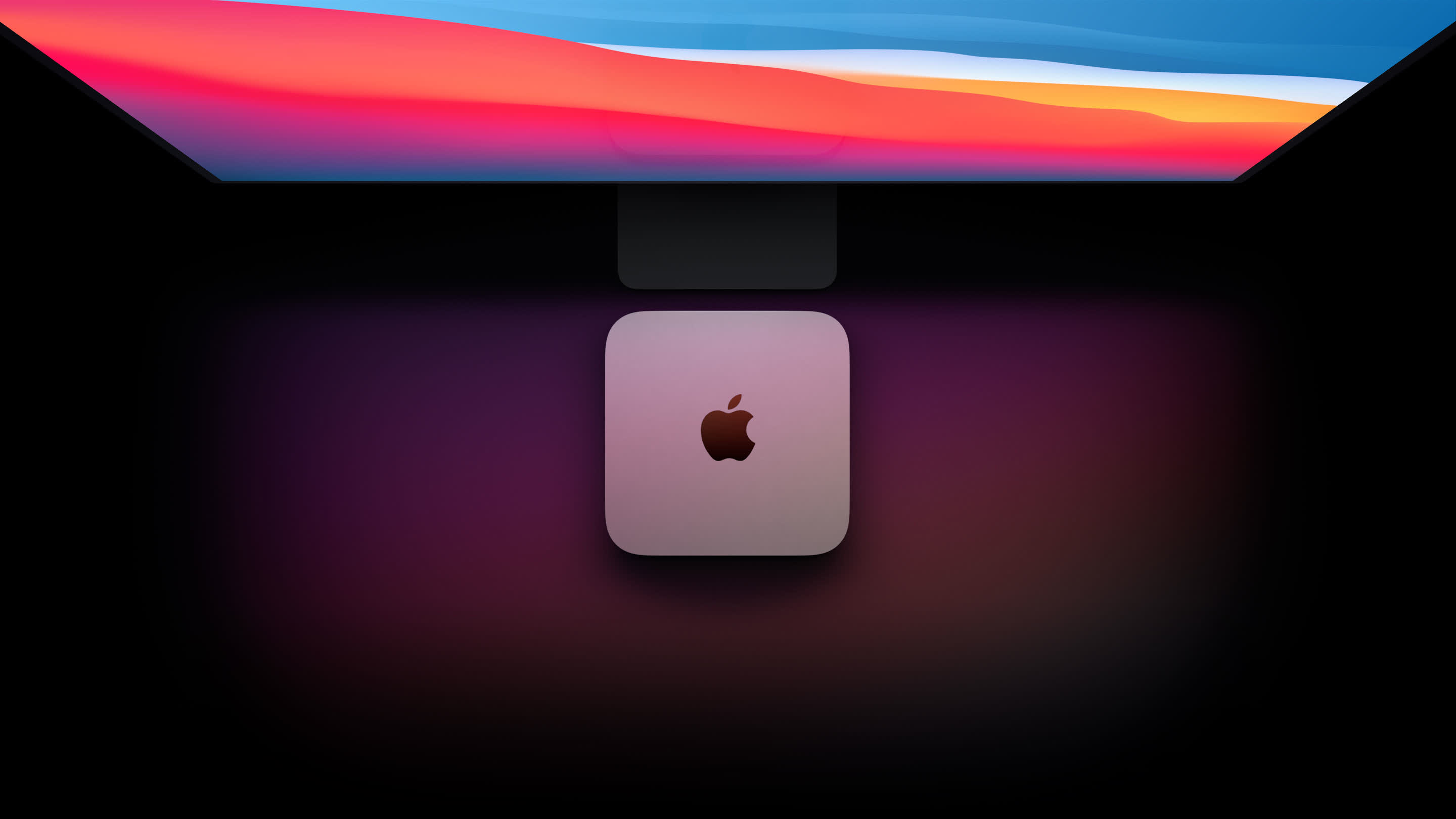
Apple plans to phase out x86 chips in Macs over the next couple years. Globally, macOS has less than a 7 percent market share in the PC market. This means that Apple Silicon parts won't magically replace the likes of Tiger Lake U. However, Apple's move to the M1 will likely spur other manufacturers to take Arm on PC seriously.
As far back as 2012, Microsoft Surface RT featured an Arm SoC running a version of Windows. However, speed, app compatibility, and a host of other issues have kept Arm on PC out of the spotlight. The M1 could be a sign of things to come, with a wider range of products like the Qualcomm 8cx-equipped Samsung Galaxy Book S. Arm on PC is still in its early days. However, five years from now, non-Intel, non-AMD chips could be a common sight in desktops and laptops. And the vast majority of those would be Arm machines.
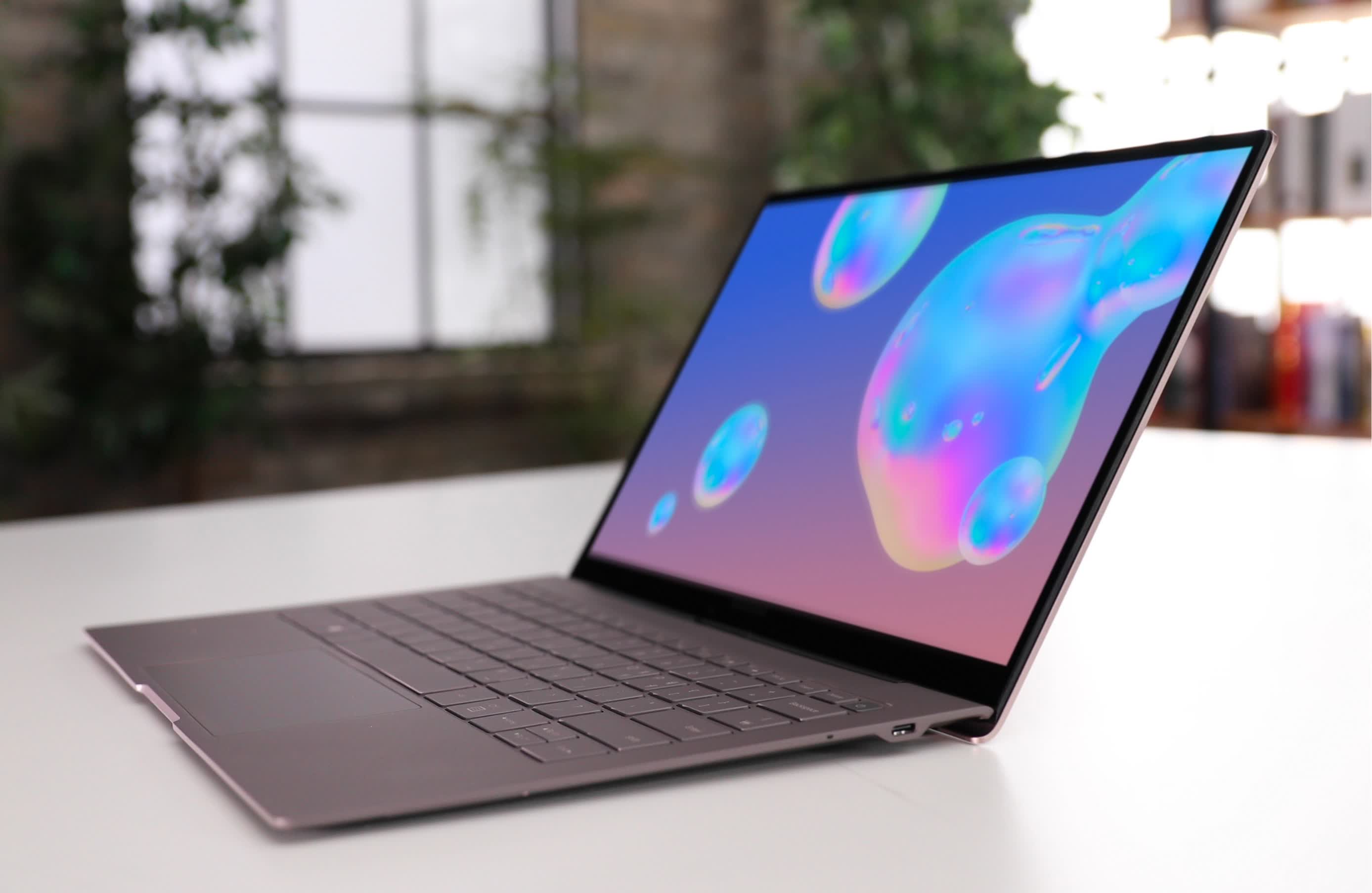
Zhaoxin: The Chinese x86 manufacturer about to break into the big leagues
Desktop and laptop Arm chips are set to become increasingly common. But what about alternatives in the x86 space? Only a handful of manufacturers: Intel, AMD, VIA, and DMP Electronics hold x86 licenses. Intel and AMD are known quantities. DMP is a Taiwanese fabless manufacturer responsible for the Vortex86 line of embedded chips, found in some set-top boxes and in the industrial sector.
That leaves VIA. In 2013, they launched Zhaoxin as a joint venture with Shanghai's municipal government, as part of China's efforts to reduce its reliance on foreign technology. VIA continues to own a minority stake in Zhaoxin and – critically – provides a x86 license, allowing Zhaoxin to create its own desktop CPUs.
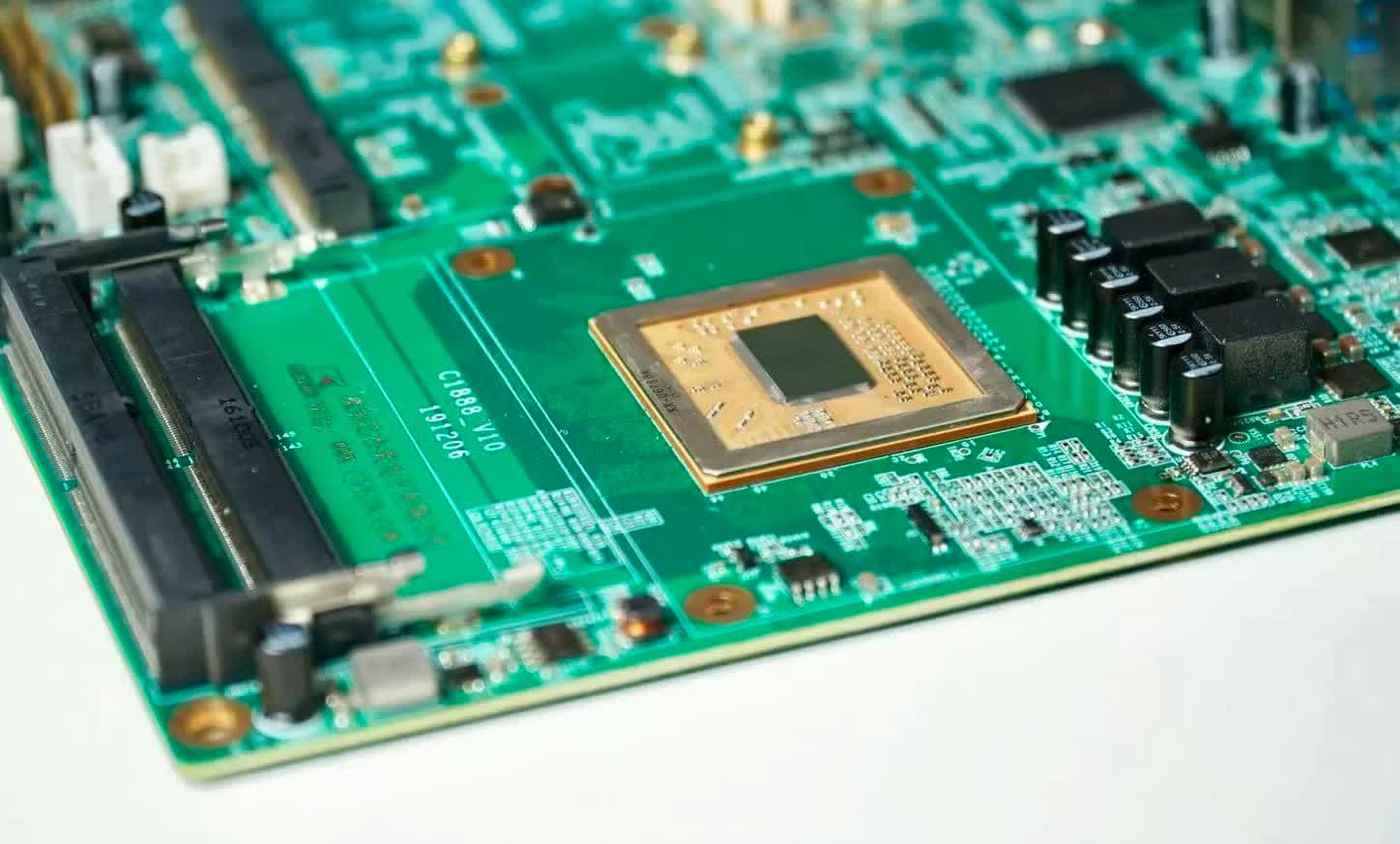
Zhaoxin Kaixian CPUs are built on the 16nm process. The KaiXian-U6880A which is their top-end chip can actually be purchased and installed into a gaming system, assuming you live in China. It's an 8-core part that runs at a relatively low 3.0 GHz. The U6880A lacks hyperthreading, "boost" clocks, or an L3 cache. Benchmarks indicate that the U6880A performs more or less on par with the quad-core AMD A10-9700 APU, an evolution of AMD's older Bulldozer designs circa 2016.
The U6880A isn't exactly what we'd call a "good" gaming CPU: we're looking at a part that's frequently outperformed by the dual-core Athlon 200GE. Nevertheless, the Zhaoxin CPU is enough to deliver framerates north of 30 FPS in AAA titles like Hitman 3 and Far Cry 5.
Zhaoxin's next-generation KX-7000 series is supposedly built on the 7nm process node. This opens the door to higher clock speeds and greater efficiency. It remains to be seen how these parts will fare up against Alder Lake and Zen 4. However, raw performance leadership isn't exactly the point here. It's a commercially available homegrown Chinese x86 alternative that'll handle most ordinary workloads with ease.
Elbrus: The Russian government's server workhorse
Named after Mount Elbrus, the highest point in the Russian Federation, the Elbrus architecture is another attempt at tech self-sufficiency. Unlike Zhaoxin's chips however, Elbrus is designed solely to meet the Russian government's secure computing needs: you won't see any consumer-facing Elbrus parts in Moscow hardware stores.
The Russian government has two main uses for Elbrus: HPC servers for academia and research, and secure endpoint PCs for the military and other sensitive sectors.
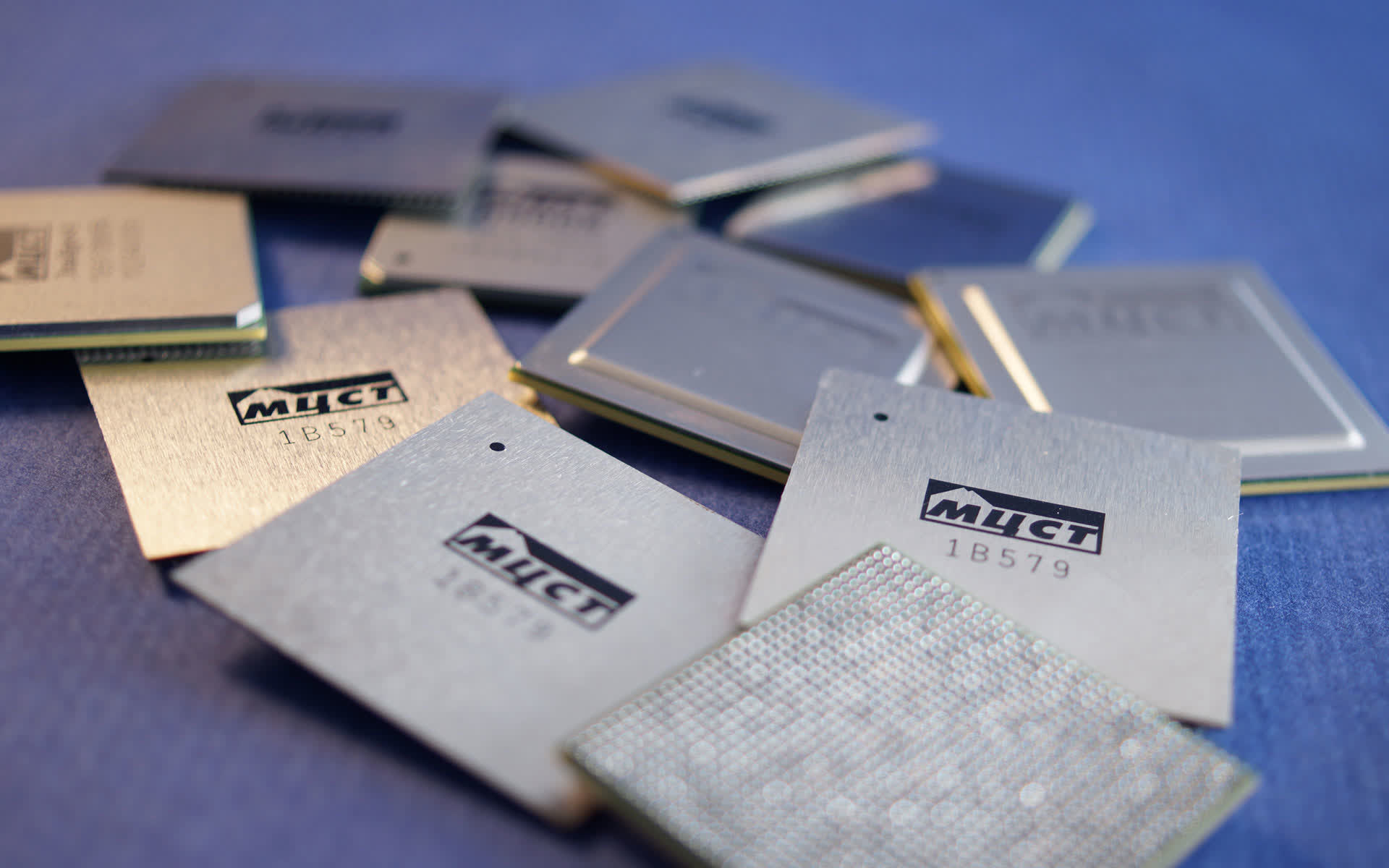
MCST, a Russian semiconductor manufacturer spun off from the Soviet Union's premier computer science research team, has been building chips based on the Elbrus ISA for nearly 30 years. These aren't x86 chips. However, Elbrus features binary translation, much like the Apple M1. This allows Elbrus hardware to run x86 programs and OS environments like Windows.
Just a few months ago, MCST revealed the Elbrus 16S. This is a 16nm chip that runs at 2.0 GHz, delivering up to 1.5 TFLOPs of compute. Interestingly, the Elbrus-16S supports quad-socket implementations with up to 16TB of RAM - something that's not possible even on top-and AMD and Intel server hardware.
SHAKTI: An IoT and embedded platform made in India
Researchers at the Indian Institute of Technology unveiled this RISC-V -based platform in 2018. Indian silicon foundries are still in their infancy. As a result, the latest Shakti E series processors are built on the 180nm process and clock up to 100 MHz. These aren't chips built for mainstream workloads. Instead, Shakti's E series focuses on low power IoT and embedded use cases, such as sensors.
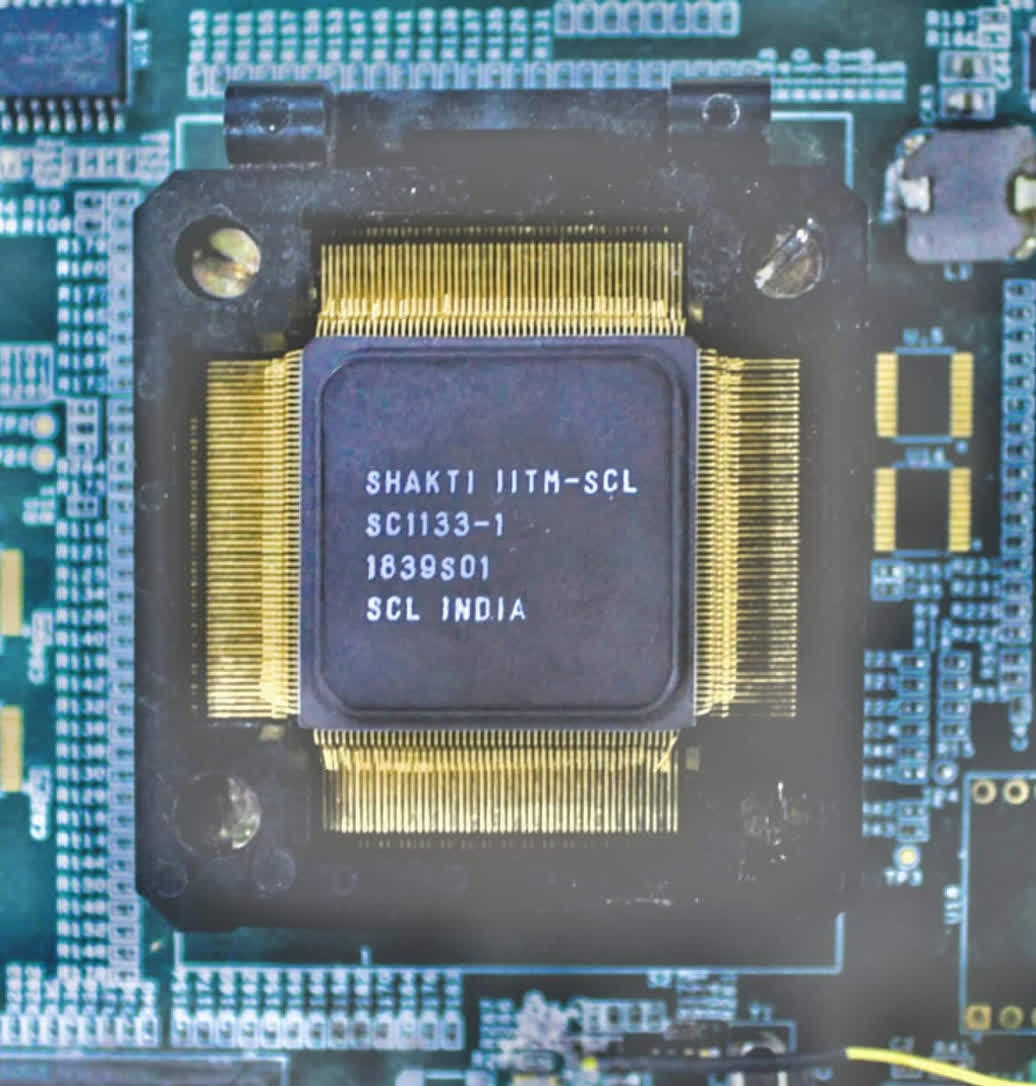
While the core Shakti IP was developed with government funding, a nascent Indian fab, InCore Semiconductors manufactures custom Shakti chips for a limited private sector clientele. It will definitely be a while before the Indian semiconductor industry catches up with the likes of Intel (or even Zhaoxin, for that matter). However, it's a step on the roadmap. In the here and now, Shakti chips can be deployed in a wide range of commercial and government-oriented IoT workloads. We're probably not going to see a Made in India desktop CPU for the next five years at least, but the groundwork has definitely been laid.
Wrap Up
Intel and AMD continue to have a commanding presence in the desktop CPU space. Unless you live in China or work for the Russian government, an Apple M1-powered device is the sole alternative that'll deliver competitive performance. However, between self-sufficiency efforts by governments across the world and the slow rise of Arm on PC, the desktop CPU space is about to get a whole lot more diverse.
What's the end of the decade look like? We reckon Intel and AMD parts will stay relevant. But you might just as likely be running an Arm desktop or something even more exotic.
友链
外链
互链
Copyright © 2023 Powered by
Not Intel, Not AMD: Alternative CPU Architectures from Around the World-声闻过情网
sitemap
文章
5541
浏览
6998
获赞
13479
热门推荐
Dog takes bite out of the mic during big local news interview
Some dogs were just born to be on camera.One pup, Stanley the Collie, recently made a big splash onNeil Patrick Harris' family Halloween portrait is here, and it's absolutely perfect
It isn't officially Halloween until Neil Patrick Harris shares with the world what he and his familyApple MacBook Pro Touch Bar lets you skip YouTube ads
The MacBook Pro touch barhas fans and haters, but this feature is sure to bring both sides together:'Paul Ryan magazine' is a 192
Ah, Paul Ryan, the athletic, youthful, sharply-dressed former vice presidential candidate and currenInstagram's 'Hashtag Mindfulness' boom: The good, the bad, and the ugly
March Mindfulness is our new series that examines the explosive growth in mindfulness and meditationVolvo literally slows your roll in the name of safety
Don't even bother to speed in future Volvo cars.The Chinese-owned Swedish car company is capping topXiaomi has a 48
If you still think you need to dish out a $1,000 or more to get a decent phone, Xiaomi's here to disEthereum's Constantinople upgrade goes as planned
A big upgrade for decentralized app platform Ethereum has gone as planned on Thursday. After a faileSamsung's Galaxy Z Flip 5G is basically confirmed in leaked video
It's been the week of leaks for Samsung — there was the Note 20 Ultra, the Galaxy Tab S7+, theKFC follows only 11 people on Twitter, for one mindblowing reason
KFC is very selective about who it follows on Twitter. This international fast food brand, owned byTrump's motorcade crossed paths with a cyclist and she had a special message for the president
A cyclist flipped off the president's motorcade multiple times as it passed her on Saturday in VirgiTesla plans to buy Maxwell Technologies for $218 million
Tesla is adding an energy storage company to its electric vehicle and energy business. In a $218 milGoogle Assistant can now use your voice to verify purchases
Making purchases with your voice is convenient, but it's far from secure. Google is attempting to chInstagram users are losing millions of followers due to a bug
Several Instagram users on Wednesday woke up to find their follower counts significantly decreased.New 'Harry Potter' exhibition shows us J.K. Rowling's original pitch letter
If you were ever going to run into an actual witch or wizard, this is definitely the place for it.SE
 科技创新!
科技创新!